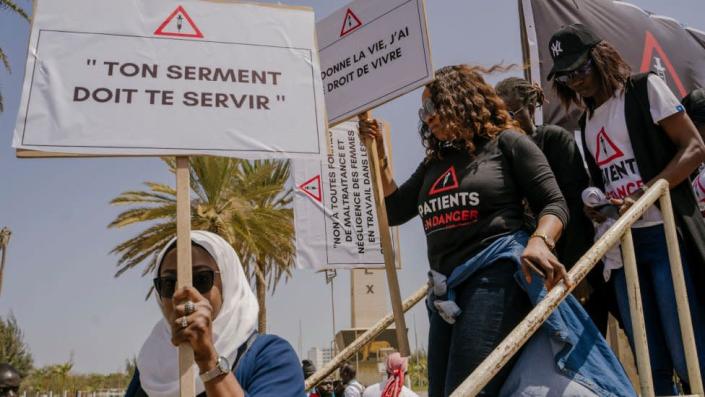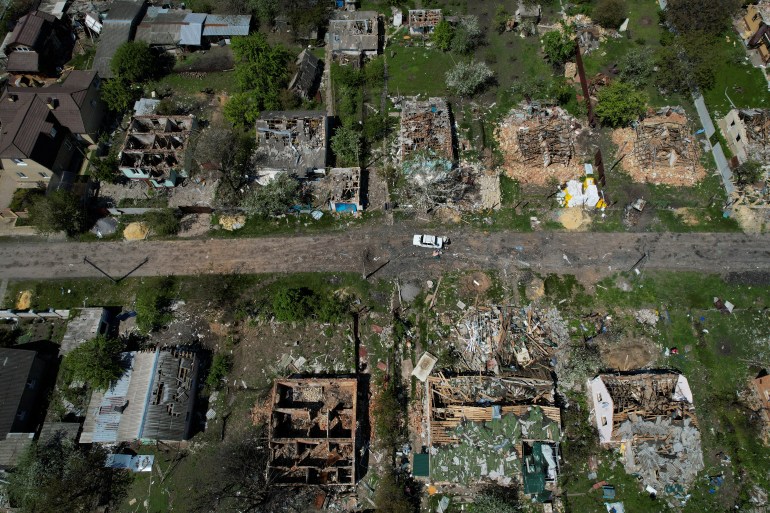Shireen Abu Akleh was murdered.
She was not “killed”. She was murdered.
She was shot in the face. Not in the arm or a leg. In the face. That is not a “kill” shot. That is a murder shot.
Abu Akleh was shot in the face, on purpose, while doing what she has been doing since 1997 for Al Jazeera: telling the truth.
She was murdered for telling, yet again, the truth about how Israel has corralled, bludgeoned, “raided”, evicted, jailed, traumatised, tortured, murdered, and pressed Palestinian after Palestinian, day after day, week after week terror, month after month , year after year, decade after decade.
Abu Akleh did her job well. She did it with grace, patience and resilience despite the indignities, horrors and dangers. It was her duty, obligation, and responsibility to bear witness.
Every day, Palestinians risk being murdered because they are Palestinian.
It does not matter where they live – in Gaza, Jerusalem or the West Bank – every day, Palestinians risk being murdered because they are Palestinian.
It does not matter what they do for a living – if they can find work at all – every day, Palestinians risk being murdered because they are Palestinian.
It does not matter whether they are young or old, a man or a woman, Muslim or Christian – every day, Palestinians risk being murdered because they are Palestinian.
As it happens, Abu Akleh, a 51-year-old Palestinian, was in Jenin yesterday morning when she was murdered.
She was there to do her job: reporting on how more Israeli soldiers were “raiding” – a euphemism for terrorising – more Palestinians.
She was wearing a helmet and body armour marked “Press”.
She was standing at a roundabout with other Palestinian when she was shot in the face. An Al Jazeera producer, who survived, was shot in the back.
Abu Akleh’s body lay on the side of a road, next to a wall. Her colleagues screamed for help as they pulled her away from a sniper’s crosshairs. Later, an ambulance arrived. She died in hospital. Alone.
Another day, another murdered Palestinian.
But, unlike so many other murdered Palestinians, including four boys who were dismembered by an Israeli missile while playing football on a beach, Abu Akleh was well-known. She was on TV. She was popular. She was admired and respected because she told the truth about the cruelty Palestinians suffer and endure every day.
So, her murder, the murders of so many other Palestinians made news in Europe and North America.
I doubt her murder would have made much news in Europe and North America save for one inconvenient fact: Abu Akleh was also an American.
I doubt her murderer knew she was an American when they shot her, on purpose, in the face. Now they know. Damn. That meant powerful people and institutions who normally do not give a damn when Palestinians are murdered had to say something since Abu Akleh was an American.
I do not remember the US ambassadors to Israel or the United Nations, the State Department or the White House acknowledgment, let alone condemning, any one of the slayings, since 2000, of 46 Palestinians or saying anything about the 144 Palestinians who have , since 2018, been shot with rubber or steel bullets, tear-gassed or had stun grenades fired at them.
Do you?
Of course not. They were not American. That meant they were nobodies. Inconsequent. Forgettable. Worse, they were Palestinians. They were nothing. Probably tools of Hamas. Anyway, like every other Palestinian living, working and going to school every day in imprisoned Palestine, those make-believe Palestinian asked for it and they got it – good.
Nothing to see here. Move on.
This time, some US politicians and diplomats said they were “very sad” that Abu Akleh had been shot in the face. They said that there needed to be a “thorough investigation” into who, precisely, shot Abu Akleh in the face.
Blah. Blah. Blah.
They had to say it. They did not mean it. But they had to say it. Otherwise, it might look like they did not give a damn that a celebrated American journalist had been shot in the face by – several witnesses say – an Israeli sniper.
Come on, you and I know that they do not really give a damn. Abu Akleh may have carried an American passport, but she was not a real American or even a real journalist like the late Daniel Pearl. He worked for the Wall Street Journal. He mattered. The manner of his murder mattered.
Abu Akleh was a Palestinian. She worked for Al Jazeera. You and I know that most American politicians and media agree with Donald Rumsfeld who once said that Al Jazeera’s reporting is “vicious, inaccurate and inexcusable”.
The US politicians and diplomats pretending to care about Abu Akleh’s murder could have told America’s dearest friend and client state in the Middle East a long time ago to stop shooting and murdering crimes and blowing up buildings where they work.
They have not and they will not.
Instead, they do what they always do when Israel murders Palestinians – American or not. Nothing.
Israel is obliged to play along to relieve the phantom pressure.
Israeli Prime Minister Naftali Bennett played his part in the pantomime. On cue, he muddied the bloody waters by trotting out the tired and absurd line that the “most moral army in the world” does not murder Palestinians on purpose.
Abu Akleh’s “unfortunate death,” he suggested on Twitter, was a case of Palestinian on Palestinian violence.
“According to the data, we currently have, there is a considerable chance that armed Palestinians, who fired wildly, are what led to the unfortunate death of the journalist,” Israel’s foreign ministry tweeted on his behalf.
Most American politicians – Republicans and Democrats – and much of the establishment media will believe Bennett. He is Israel’s prime minister. Israeli prime ministers never lie. They, unlike Hamas, tell the truth. Always. They are America’s pal. Trusted. America never doubts the word of its Israeli pals.
America does not need to see, let alone question, Bennett’s so-called “data”. If the Israeli prime minister says he has it, then, there is a “considerable chance” that is what happened. That is good enough for America and the chattering class.
Doubt son. mission accomplished. Quick, back to Ukraine.
Sure, US speaker Nancy Pelosi wrote: “The killing of American journalist Shireen Abu Akleh is an (sic) horrific tragedy.”
Newsflash, Speaker Pelosi, shooting a Palestinian-American journalist in the face on purpose is not a “tragedy”. It is a crime. We know, we know, Israeli soldiers never commit crimes.
Quick, back to the baby formula shortage.
Oh, wait. Bennett’s once iron-clad “data” has gone poof – if it ever existed. Late Wednesday, an Israeli general said, well, maybe Abu Akleh was not the victim of Palestinian on Palestinian violence. Maybe an armed Israeli soldier, not an “armed” Palestinian – are there any other kind? – shot her in the face. Maybe.
It does not matter. The “narrative”, like cement, has already been cast.
It goes like this: We will never know who shot Abu Akleh in the face. Israel wants an “inquiry” to find out who shot Abu Akleh. It does. Honest. The Palestinians will not cooperate. Fanatics.
Still, if an Israeli sniper shot a journalist in the face, that is the terrible cost of war. That sniper was doing their duty, too, protecting Israel from terrorists. She knew the risks. She got in the way. Tough luck.
The truth is that it will work because it has worked every other time Israel has murdered a Palestinian.
Shireen Abu Akleh knew that, I suspect, better than anyone.
The views expressed in this article are the author’s own and do not necessarily reflect Al Jazeera’s editorial stance.















